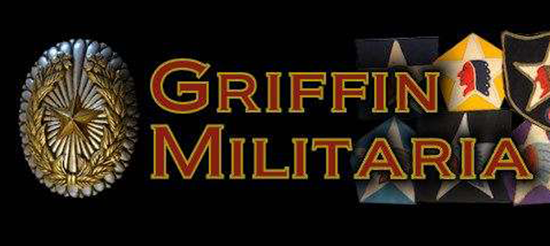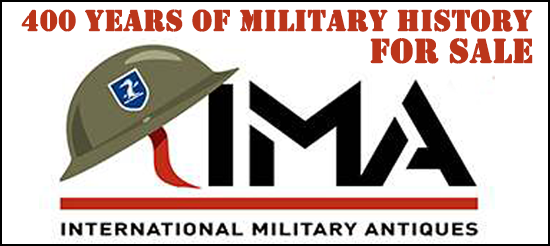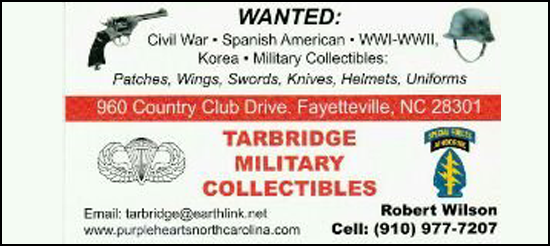-
Donate
Type donation amount in box below.
IMPORTANT! If you donate via PayPal using an e-mail address different than the one you are currently using on WMF and would like a 2024 Donor Icon added to your account, you MUST CONTACT vintageproductions or stratasfan and let them know what email address was used for the donation.
Thank you for supporting WMF.
Donate Sidebar by DevFuse -
Recent Posts
-
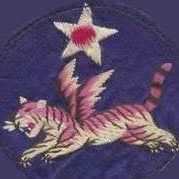
By danimal03 · Posted
this is a really neat helmet. I would have chased it. -

By Ambesten · Posted
Hello, Sturm 51 in the Standarte 425 "Gerolstein", Group Niederrhein, seems to be a pharmacist. Found in this book: https://www.amazon.co.uk/dp/B0FYRJ392R -

By Ontos · Posted
I obviously need to start going to garage sales. I do see interesting things at some estate sales from time to time. But if you're not there early it is all gone. -

By Ontos · Posted
Very nice. What else did you find in the box? -

By Ontos · Posted
That is an amazing find. Did you do any research and know anything more about the family? -

By 2CanSam · Posted
Can someone confirm if this is a Wiener Waffen Fabrik? The mark is a little worn.... also,is that correct paint on the Scabbard? I've seen it before on the same setup... thanks -

-

By Ontos · Posted
I am willing to sell the holster and magazine and will be posting them in the "For Sale" section of the WMF later today or tomorrow. If anyone is interested, please message me. -

-
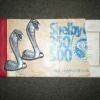
-
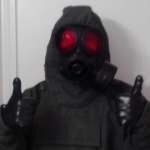
By Colt.45-94 · Posted
Thanks for the info, I bought it off EMEDALS. I wasn't sure, but now I see the old listing in the archive of their site. -

By Marshallj · Posted
Buckle - made by Klein & Quenzer, Idar-Oberstein RZM M5/276. I have not seen a buckle marked that way so I Googled RZM M5/276 and found quite a few for sale on line from well known and respected dealers.
-



